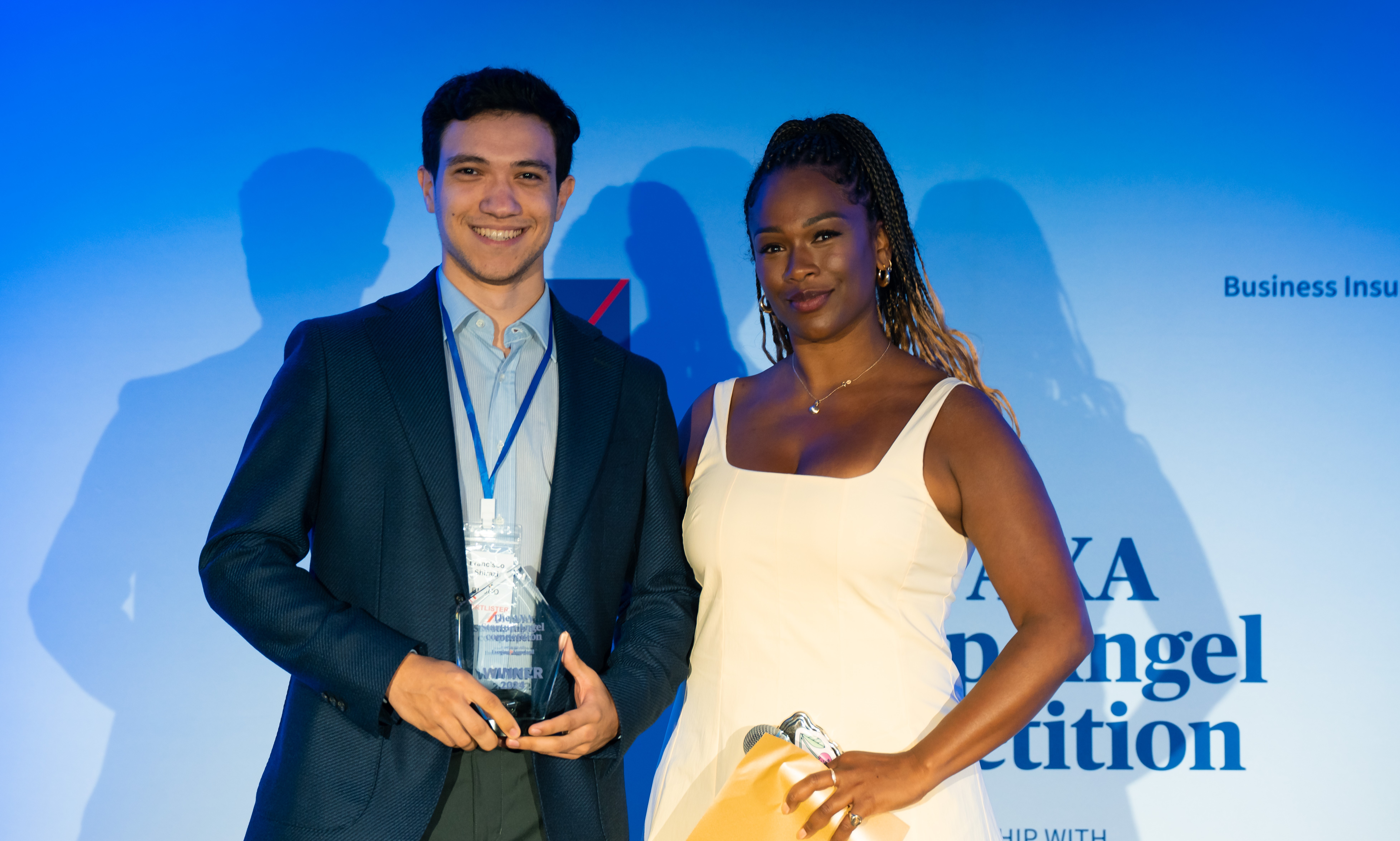What does a dance teacher do?
Perhaps you find joy in preparing a happy couple for their first dance, or you love spending time with those trying to find a fun way to get fit.
A dance teacher uses their expertise to teach and train their students in different styles of dance. You incorporate elements of technique, performance, and choreography in your work, and may focus on many styles or just the one.
Most dance teachers have some background in the sport, either from being a professional or performer themselves. Your job is to help bring out the best in your students and help them reach their full artistic ability. This might include teaching posture and body alignment or specific choreography and steps.
Some of the most common styles of dance you may teach are ballet, jazz, hip-hop/commercial and tap but in the UK there’s also specialities like Irish step dance or highland dancing. You’ll develop a curriculum that helps train students and you might even have different class levels depending on how much experience your dancers have.
If you’re looking to become a dance teacher, be prepared for evening and weekend work as many young people and adults want to take classes outside of regular working or school hours.
Where does a dance teacher work?
As a dance teach there’s a lot of different places that you could work – in fact you may even work at a few different places at once. Here’s a few options:
- Manage your own studio. Having your own studio can be a great option because you’ll get first pick of what subjects you want to teach and times that you want to teach at. However, there may be a lot more admin associated with running a studio, especially if you take on other teachers to help build out your offerings. Remember that if you have any employees – even volunteer student teachers, you’ll legally need to have Employer’s Liability Insurance.
- Record virtual classes. Many people picked up the habit of doing online exercise classes during the pandemic and while the world is open again, some people have really enjoyed the freedom of taking classes from their own living room. You could capitalise on this with your own pre-recorded or live classes. Just make sure whatever you’re teaching is suitable for a space that may not have ballet barres or dance floors!
- Liaise with the local gymnastics club. While they’re not dancers, gymnasts often require dance conditioning and fundamentals in order to improve their artistry. You’ll help them increase flexibility and muscle control, adding grace to their powerful movements.
- Freelance at other studios. A lot of studios will let other professionals rent out studio space so that they can teach their own classes. If you prefer self-employment rather than being on a payroll for someone else’s dance business, you can run your own classes or be a freelance substitute if one of their usual teachers can’t make it in.
- Lead workshops anywhere. You can lead longer workshop style classes from wherever you’re based or, if you’re travelling, you could be a special guest workshop leader. Say you specialise in highland dancing – you might be able to fill a workshop on this close to Tartan Day in the United States when interest in Scottish culture may be higher.
- Get into the school system. If you want to teach in primary schools, you could specialise in physical education (PE) and have the chance to teach a unit on dance or movement. If you teach in a secondary school, you’d likely have the chance to teach dance as its own subject or contribute to lessons in a performing arts subject.
- Focus on fitness. While some dance teachers may focus on students and preparing them for dance exams or a career as a professional, there’s also many adults looking for recreational dance classes and this could be a great niche for you to explore. It can include everything from standard dance styles to classes such as dance fitness, barre or Zumba.
- Focus on qualifications. The flip side of that is, if you have a lot of teaching experience and a qualification, to focus on classes for students who are qualifying. You’ll guide them on their way to a professional career in the arts, helping them prepare for exams and auditions.
Just remember that if you’re working with young people or at-risk adults, you may need to get a Disclosure and Barring Service (DBS) check if you’re in England and Wales or a Protecting Vulnerable Groups (PVG) scheme in Scotland.
Who can become a dance teacher?
If you love working with people, enjoy a really physical job and love to be creative then becoming a dance teacher might be a great career path for you.
Let’s explore some of the skills and knowledge that will be helpful for a career in teaching dance:
Skills
- Able to be on your feet all day
- Patience
- Ability to motivate others
- Ability to breakdown difficult concepts in simple terms
- Creating lesson plans
- Time management
Knowledge
- Dance national curriculum
- Dance exams criteria
- Dance technique
- Dance history
Paths to become a dance teacher
There are so many ways to get into dance teaching that it can be quite confusing when you’re starting out. Let’s take a look at the various paths to becoming a dance teacher:
- Higher education. A BA or MA in fine arts, dance or the performing arts will give you a solid foundation in dance technique and skills that will serve you well as a dance teacher. If you don’t have any teaching experience though, you may want to get a qualification to help hone your teaching skills so that the complement your extensive dance training.
- College course in dance instruction. Some college have courses that prepare you specifically for teaching dance. So, you’ll balance your time between training dance skills and technique on top of learning how to teach these skills to others.
- Apprentice or help at your studio. If you’ve grown up attending a studio and know the teachers or owner well, it may be worth exploring options to come on as an apprentice or trainee. This might allow you to learn the ins and outs of teaching dance by watching someone do it and assisting them.
- Dance professionally first. Many dance teachers will have a professional career before going in to teaching. Having a robust resume behind you can help attract more students who want to learn from someone who has really been there, done that.
- Get some teaching experience elsewhere. If you’re struggling to get a teaching job at a dance studio, consider starting out in personal training or other exercise classes so that you have a bit more teaching experience under your belt.
How much do dance teachers get paid?
This is going to vary widely depending on where you teach, what you teach and how much experience you have, but at the lower end of the scale, Adzuna estimates dance teachers will earn £27,800 while Talent.com comes in with the higher estimated average of £37,700.
How much does it cost to become a dance teacher?
The startup costs will depend on whether or not you’re opening your own studio or you’re just using space in someone else’s studio.
- Qualification: Whether it’s college or university, the training needed to become a dancer and to teach will be one cost you can’t avoid.
- Studio space: Whether you’re renting a room in someone else’s studio or you’re opening your own studio and have a mortgage on the space, you’ll have some ongoing costs connected to finding a good space to dance.
- Professional development: Keeping up to date with industry changes and continually honing your skills may requires some investment in classes or training on a regular basis.
- Attire: Leotards, tights, soft ballet shoes, pointe shoes – the costs of dance attire can add up quickly and if you’re teaching all day, every day, you may wear through them quickly.
- Equipment: Whether you’ll need any of this will depend on your teaching set up, but just teaching dance can require quite a few pieces of kit. Just to name a few, yoga blocks, ballet barres, mirrors, and a sound system to play music are all equipment you might need to get started.
Do I need a degree?
Unless you have extensive professional experience, you’ll need a qualification of some sort to prove that both your dancing and your teaching skills are up to scratch. Even if you have a huge background of professional dance experience, you may want to complete some sort of qualification in teaching to give you added credibility as a dance teacher.
Professional bodies
When you’re just starting out it can feel lonely, but luckily there’s quite a few professional bodies and florist communities you can join. Professional groups can help with networking, professional development, mentorship, and give your business more credibility.
There are many different organisations that support those who teach dance or performing arts and you can take a look at a few of them below:
- bbodance (previously British Ballet Organisation)
- Imperial Society of Teachers of Dancing
- International Dance Teachers' Association (IDTA)
- Royal Academy of Dance
- One Dance UK
- Council for Dance, Drama and Musical Theatre (CDMT)
- British Theatre Dance Association (BTDA)
- National Association of Teachers of Dance (NATD)
- Imperial Society of Teachers of Dancing (ISTD)
Setting up as a dance teacher?
Whether you’re a one-man band or have employees lending a helping hand, businesses large and small need the right legal structure to help them operate effectively.
But given that the legal structure you choose can impact everything from the tax you’ll pay to your take-home wage, working out what option is best for your business is important.
Sole-trader/self-employed
A person who’s the only owner of their business. There’s no legal separation between you as the business owner and the business itself.
Limited company
A business which is a distinct legal entity from the business owner, formed whether you’re a one-person operation or have a few staff.
Get a deep dive into what this could mean for your business with AXA’s guide to different company structures: Sole trader or limited company?
Protecting your business
Running a dance school takes a lot of energy, so you need business insurance that’s as nimble as you are. That’s why AXA keep business insurance as simple as possible.
Business insurance keeps your safe as well as your students and you can be covered online in not time - meaning you can get back to work without missing a beat. Getting the right insurance cover will help you keep your business running for years to come.
Public liability insurance
Protects your company against claims to cover damages and legal costs that people could make against your business.
Employers’ liability insurance
Got senior dancers helping other dancers? Technically, they’re volunteers – who fall into the same category as staff. This insurance is a legal requirement for anyone with employees.
All links are checked and valid at time of publishing, 11 July 2023.






